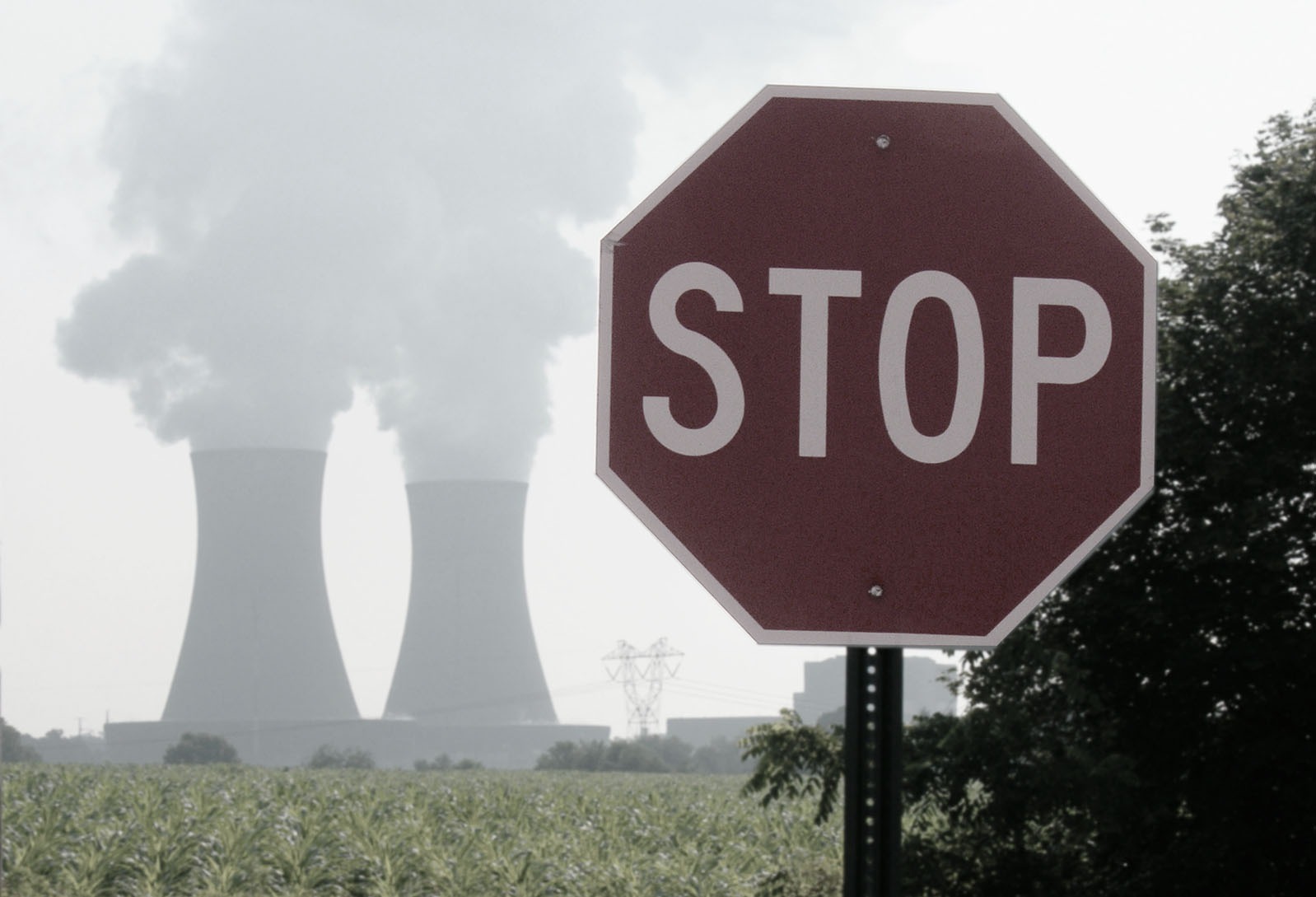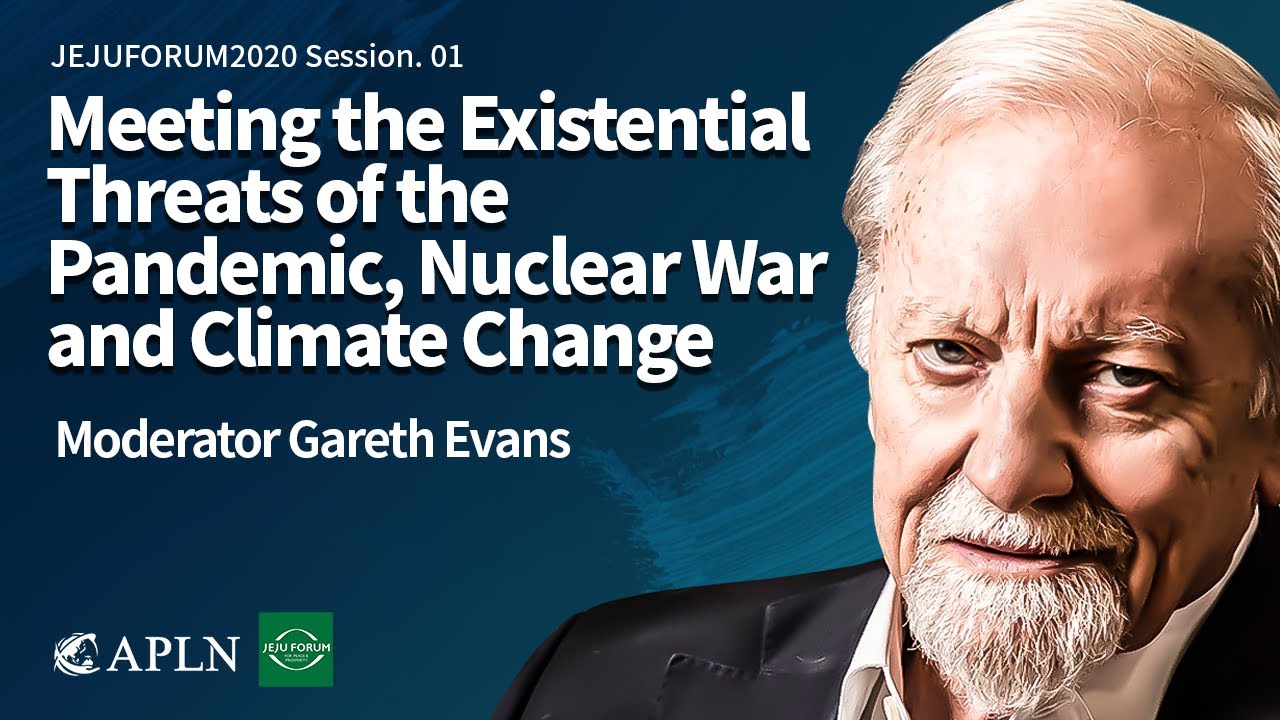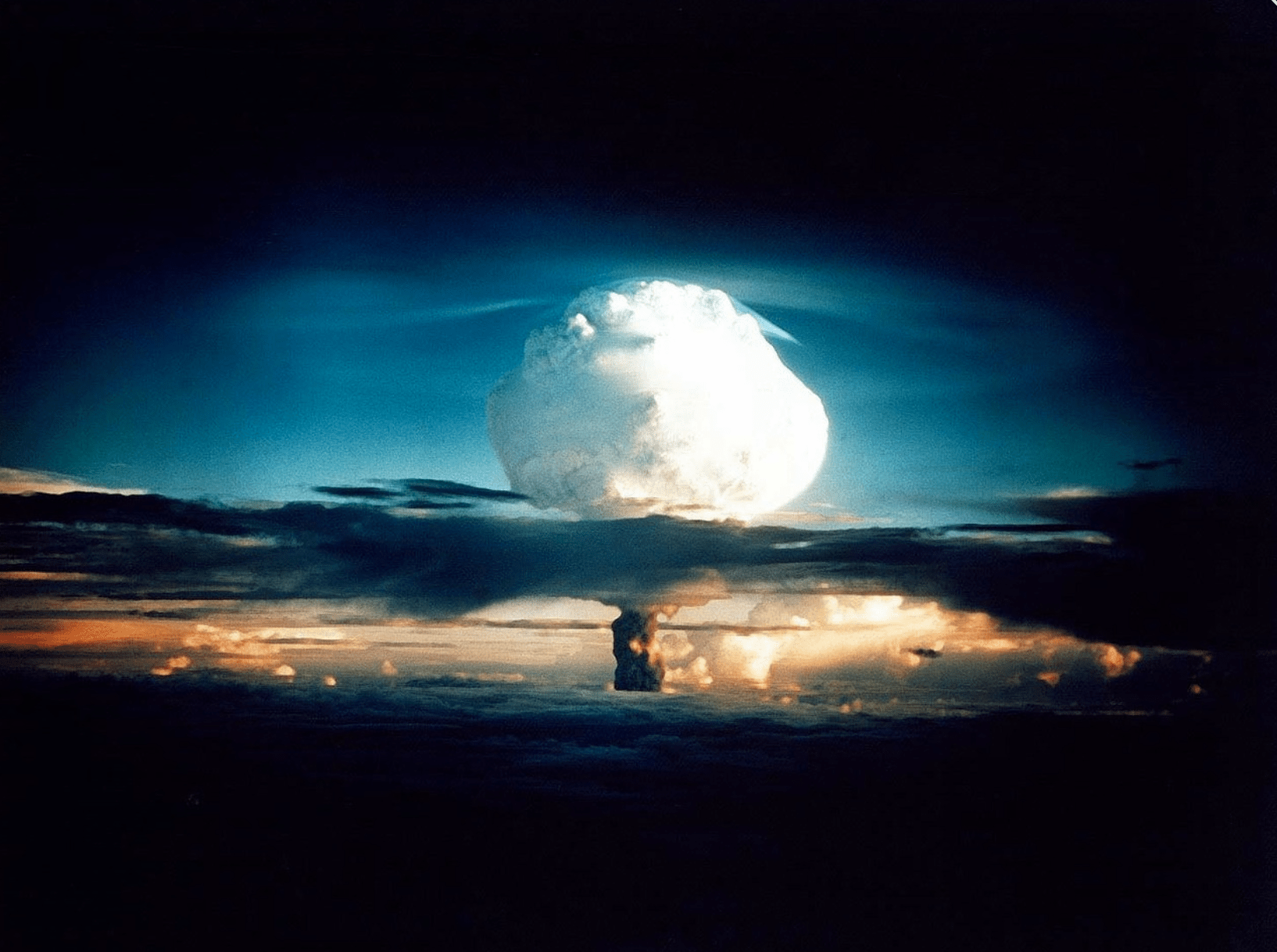Mounting Nuclear Risks
APLN Policy Brief 72
The following is a summary. Click on the adjacent link to download the full brief.
The world has co-habited with nuclear weapons for over seven decades. The number of nuclear warheads rose steadily after 1945 and peaked at 70,000 in 1986. Bitter hostility between the superpowers and their allies during the Cold War kept the world on the edge of a nuclear precipice. Thousands of nuclear weapons remained on hair-trigger alert and the possibility of a ‘bolt out of the blue’ nuclear attack hung in the air. Nuclear risks were high. Compared to then, the number of nuclear warheads has fallen to 14,000. The Cold War is long over and nuclear alert levels across triad platforms are not what they used to be. A nuclear Pearl Harbor is no longer considered imminent. Yet, there is a palpable sense of mounting nuclear risks. Even if the total number of warheads is fewer today, these are available with nine countries, each of whom considers the weapons as central to its national security. Each is modernizing its arsenal to ‘better’ signal deterrence. As hedging becomes the predominant strategy, a nuclear cacophony pervades the atmosphere.
Nuclear risks persist and new ones are becoming more pronounced owing to the contemporary fusion of political, doctrinal and technological developments. This paper examines the new kinds of nuclear risks that are rising and identifies the factors that heighten them. It concludes by offering some suggestions on possible measures to arrest them.
About the Author
Manpreet Sethi is a Distinguished Fellow, Centre for Air Power Studies, New Delhi, where she leads the project on nuclear security. She is an expert on the entire range of nuclear issues, ranging from nuclear energy, strategy, non-proliferation, disarmament, arms and export controls and BDM. Her current focus areas are nuclear security instruments and nuclear governance.
Image: FreeImages stock, Nathaniel Dodson.




